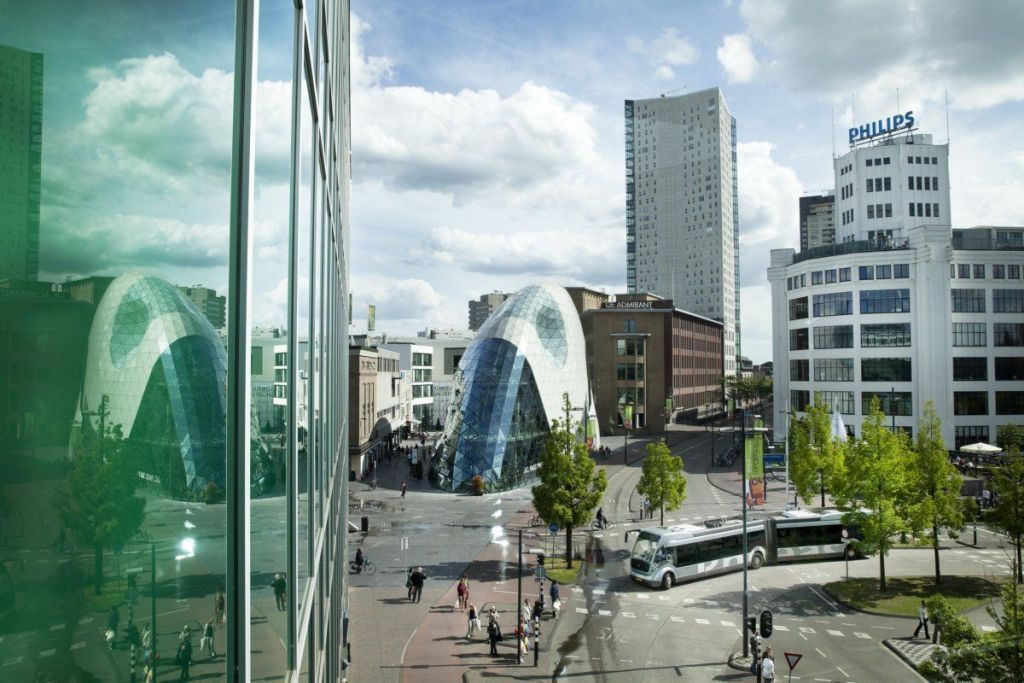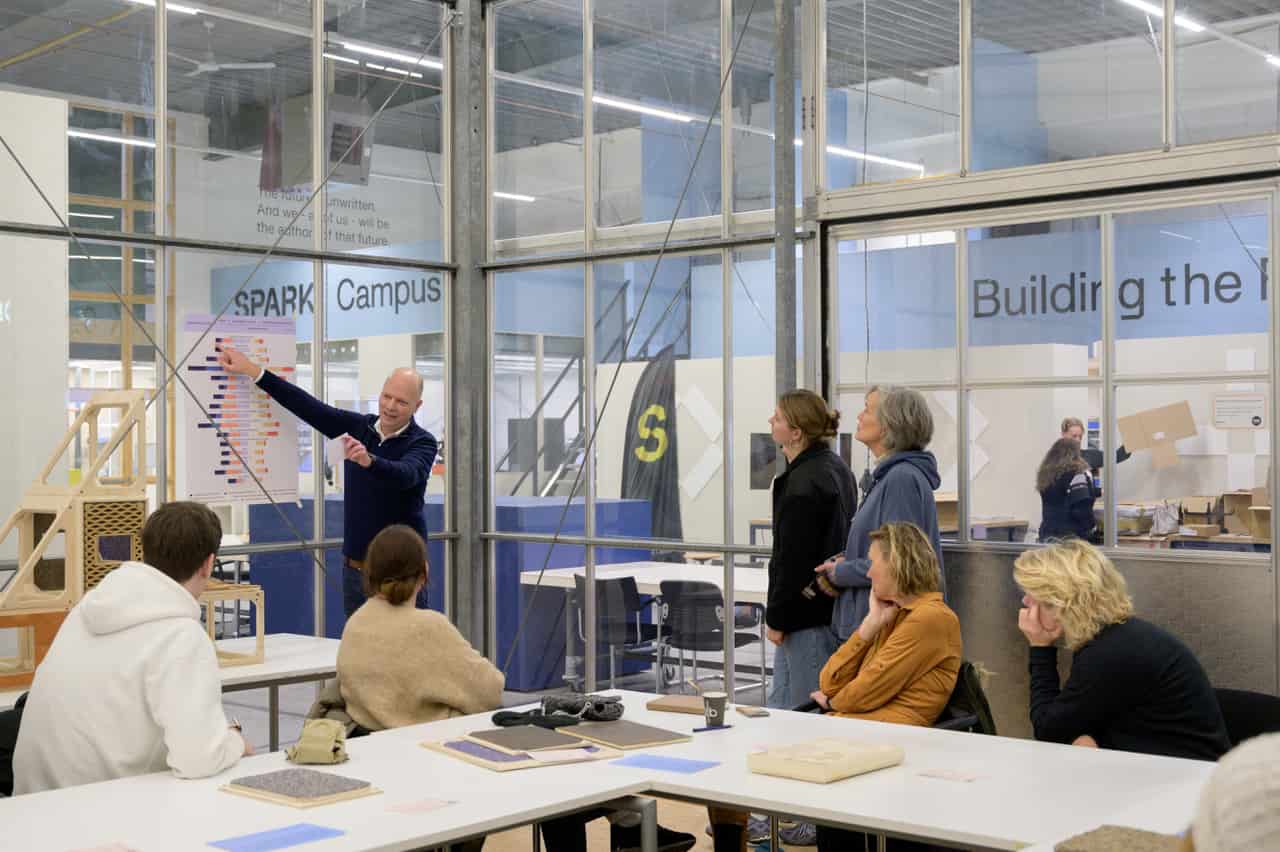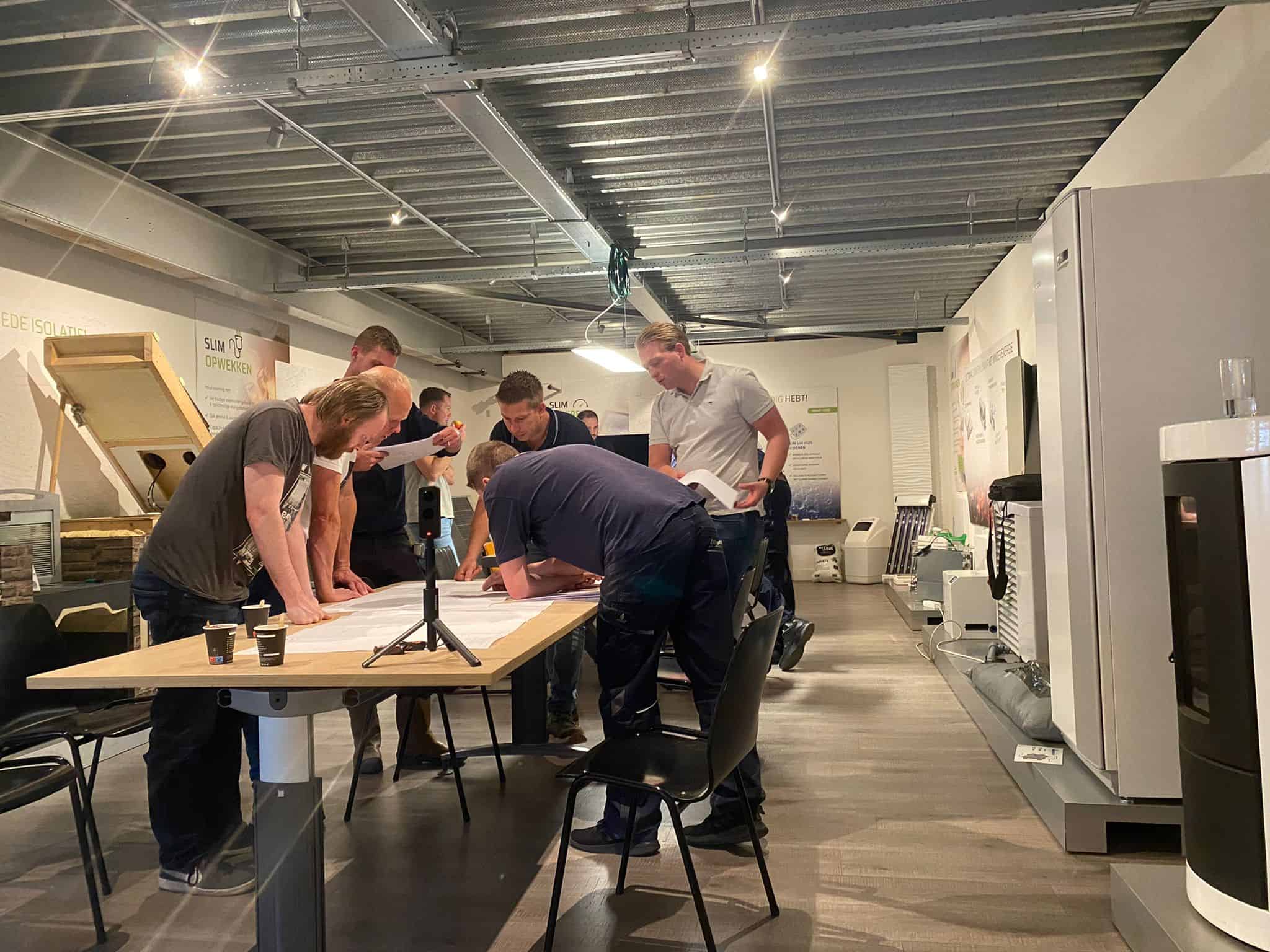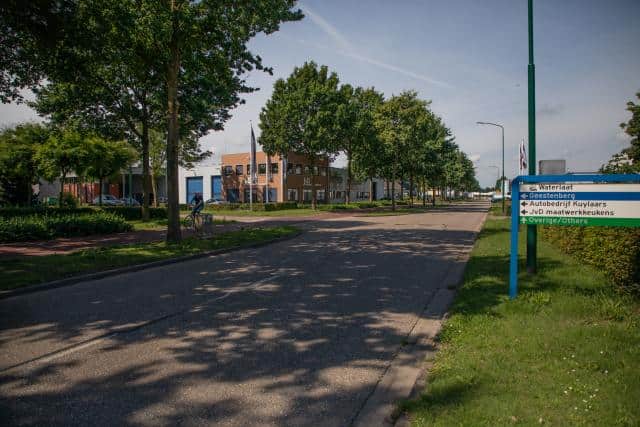
From major banks to local painting companies, no one can escape the influence of the IT world on business. The IT Academy Noord-Nederland is preventing shortages in the labor market by providing a retraining program. “We are creating a new pond for companies to fish in.”

Companies in the IT sector are currently fishing in too small a pond with too few fish. “If we keep going at this rate, then the growth of the sector will soon come to a halt,” says director of the IT Academy Robin van den Berg. “Existing IT professionals are being ‘pumped around’ the system, but, of course, that’s not how you solve the shortage.”
The IT Academy has been providing retraining programs for two years now for people with higher professional education from other sectors who want to work in IT, under the name Make IT Work. “With the retraining program, we are also targeting everyone who was not initially planning to go into IT. This way, we are actually creating a new pond for companies to fish in.”
A strict selection procedure takes place at Make IT Work to make sure that each trainee can cope with the level of the training and that companies are satisfied with their future employees. “Only 25% of applicants are admitted,” says Van den Berg. “IT is simply not for everyone.” Nevertheless, a diverse group of participants is left, of which more than a third are women. The average age is a lot higher than an average IT course; about 30 years old. What’s more, Make IT Work has a very low dropout rate of around 6%.
The IT Academy Noord-Nederland
The courses offered by the IT Academy Noord-Nederland – part of Hanze University and founded by the Hanze University of Applied Sciences Groningen, the University of Groningen (RUG), Noorderpoort, the Municipality and Province of Groningen and Samenwerking Noord – are not your average types of courses. In addition to the retraining program, all of the education offered by the IT Academy is done in close cooperation with the business community. For example, the IT Academy developed a Java programming course, specially tailored to the Dutch Education Executive Agency (Dienst Uitvoering Onderwijs – DUO). In recent years, almost 2400 professionals working at various companies, institutions and organizations in the North have followed an IT course at the IT Academy.
From archaeologist to IT professional
Vincent Velthuizen, an ICT teacher at the retraining project, stands before a diverse group of trainees every year. He has trained all kinds of people to become an IT professional, among them a former archaeologist and a teacher of classical languages. “That sometimes elicits surprising reactions from future colleagues . After completing the training, the classical languages teacher told her colleagues on her first day at work that she used to teach classical languages. To which her colleagues said: ‘So, you know all about classical programming languages, cool!’ When she pointed out that it was Latin and Greek, they were really surprised.”

When it comes to gender diversity, Make IT Work’s group of trainees also looks a bit different than the average class. “I taught ICT in high schools,” says Velthuizen. “Then there were maybe 3 or 4 girls in a class of 20 students.” These days, he teaches classes where often half of the students are women. And there is also a range in ages. “There are twenty-somethings that come to the course who realized they had chosen the wrong course. But I also see people in their 50s and older who see the world around them shifting and want to move with it.”
That Make IT Work speaks to such a diverse group of people has everything to do with perception, according to Van den Berg. “Young people still see the IT world as ‘nerdy’. They picture Bill Gates programming away in an attic room. But when people get older, including women, they sometimes come into contact with IT people. And they also see that it is a very normal branch of sport. That makes them more open to it.”
Dutch city of Groningen as a digital capital
It is not only IT enthusiasts who have to deal with the digitalization of society. It’s about time that everyone starts benefiting from the insights into IT, Van den Berg contends. “In the past, you had a separate IT sector. But nowadays IT is applied across all kinds of different industries.” That’s why the IT Academy Noord-Nederland, in cooperation with Biblionet Groningen, Noorderpoort and the RUG, is starting the Digital Academy Noord-Nederland, in addition to the already existing courses. “We want to raise the level of everyone in the northern Netherlands where digitalization is concerned.”
This initiative fits in well with the goals of the Digital Literacy Coalition (DLC) to make Groningen the most “digitally literate” city and region in the Netherlands by 2025. That may sound ambitious, but it’s desperately needed, Van den Berg contends. “Ultimately, you want everyone to be able to keep up with the IT world to some extent. The last thing you want is that there’s a gap between the digital world and the vast majority of the population.”
Also read:
See also:
Port of Lauwersoog on track to go green with ‘completely independent hydrogen supply chain’ Groningen innovates fully with hydrogen: ‘We want to scale up’
Old bus as a classroom: A sneak peak at the ‘creative Suikerterrein’ in the Dutch city of Groningen







